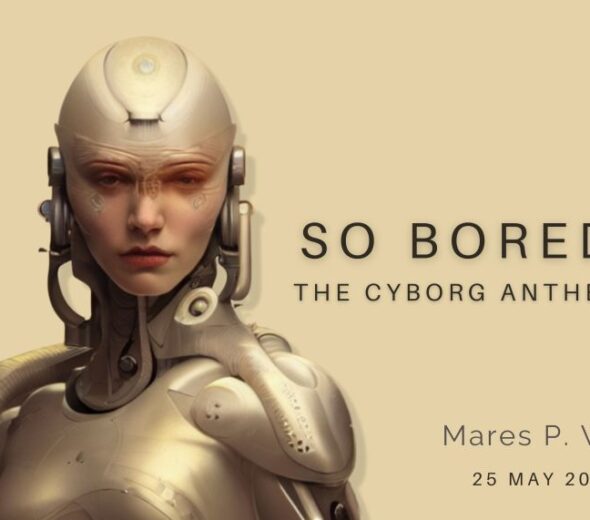Poem Analysis
The poem Internal Easel by Mares P. W. explores the process of creating art and reflects on the internal struggles and distractions that can hinder artistic expression. Through vivid imagery and a narrative tone, the poet takes us into her living room, where she is sipping coffee and preparing to work on her painting.
The opening lines depict the scene of the artist in her living room, surrounded by painting supplies and canvases. The mention of “scattered painting blocks” and “rebellious cables” suggests a sense of disarray and chaos, perhaps reflecting the artist’s state of mind or her creative process.
The poet mentions her intention to draw an empty storage unit that belongs to Henry Ford, using various high-quality pigments, oils, and fluids. This indicates her commitment to capturing the subject with great attention to detail and authenticity. The mention of “new watercolors” from an artist’s shop adds a sense of anticipation and excitement, as she is inspired to create her best work.
The poet then describes the meticulous preparation involved in setting up her workspace, including placing paint inside the wooden easel and organizing her painting tools. This attention to detail suggests a dedication to the craft and a desire for a smooth and efficient artistic process.
The poem takes an introspective turn as the artist begins working on her painting. The mention of the “internal easel” suggests the artist’s imagination and mental canvas, where the true creative process takes place. However, “hairy legs on a random table” interrupt the artist’s focus and disrupt her flow of creativity. This interruption leads to a rush of colors and emotions, making her “heart and head unstable.”
The final stanza serves as a conclusion and reflection on the artistic process. The artist pauses her work to contemplate the distractions and internal struggles that arise during the creative journey. The phrase “the artist thinks” emphasizes the importance of introspection and self-reflection in the artistic process.
In the concluding lines, the poet offers a message or lesson to the reader. She encourages the reader to be mindful of their visual stimulations and to be aware of how internal distractions can hinder their ability to create art authentically. The phrase “internal easels corrupt the leading art of situations” suggests that internal struggles and distractions can undermine the artist’s ability to fully express themselves and create meaningful art.
Overall, “Internal Easel” delves into the artistic process and the challenges artists face when trying to maintain focus and authenticity. It highlights the importance of self-awareness and mindful creation, reminding the reader to overcome internal distractions and stay true to their artistic vision.








